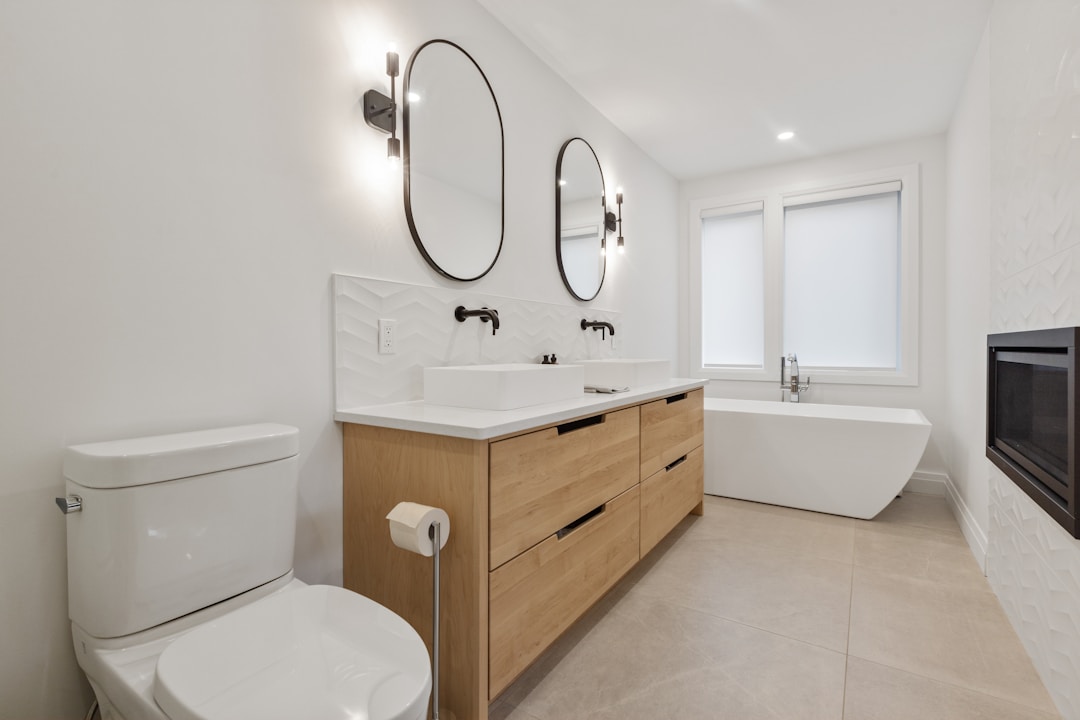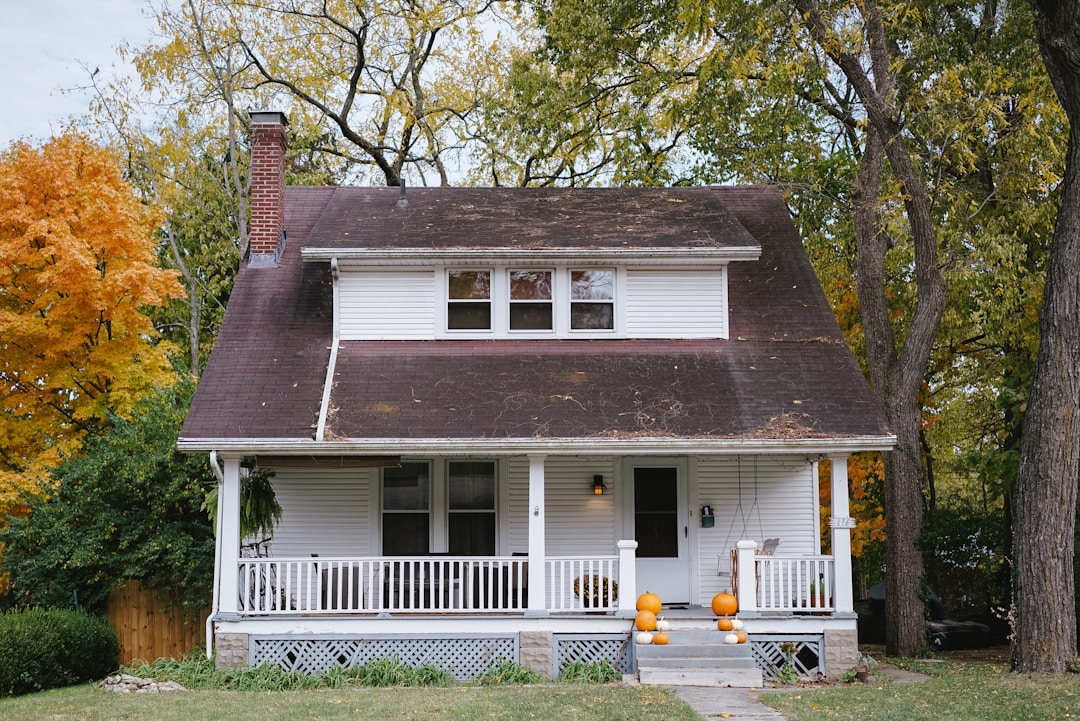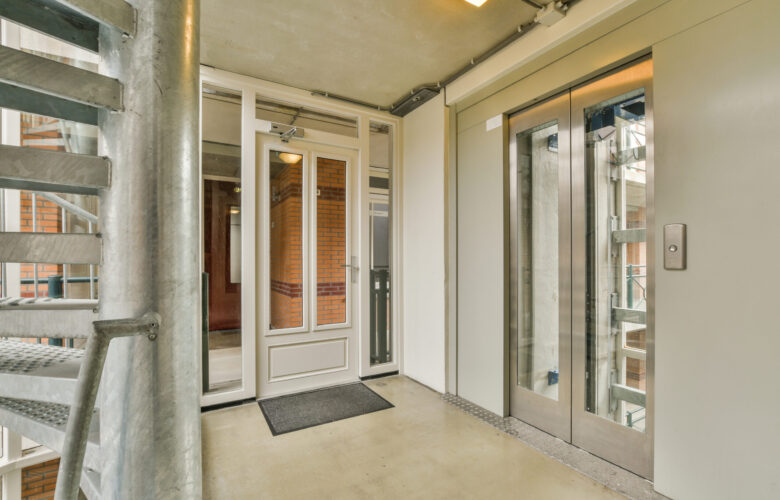Making your home more accessible is essential for accommodating the needs of family members and guests with mobility challenges. This critical consideration is important not only for the elderly and people with disabilities but also for those who want to future-proof their homes against potential accessibility issues. In this article, we discuss several key factors that can significantly improve the accessibility of your residence.
Improving Doorways and Hallways

Doorways and hallways can present obstacles for those with mobility challenges – particularly wheelchair users. To make your home more accessible, you need to ensure doorways are wide enough to accommodate wheelchairs and walkers. An ideal doorway width is 32 inches, though 36 inches is preferable if possible. If widening doorways isn’t a feasible option, consider swing-away hinges or sliding doors to provide additional clearance.
Hallways should also be wide enough for easy navigation, with a minimum width of 36 inches. To further improve hallway accessibility, consider installing a steel railing on both sides to offer support while walking or using a mobility device. These can also be added to outdoor areas like pathways or stairs near the entrance to your home. When installed outdoors, these railings can also boost home security. They can be customized to fit your home, so talk to a contractor if you’re interested so you can have a durable railing system installed.
Installing a Stair Lift or Elevator
One of the primary challenges for those with mobility issues is navigating stairs. A stairlift or elevator can improve a home’s accessibility and provide a comfortable means of transporting individuals between multiple floors. Stairlifts can be customized to fit straight or curved stairwells and may come with additional features such as a swiveling seat for easy transfers. Residential elevators, while more expensive than stairlifts, offer even greater convenience and can be customized to match your home’s interior design.
When considering a stairlift or elevator, it’s crucial to assess the user’s requirements and the available space in the home. Accurate measurements and professional installation will ensure safe and smooth operation. Be sure to explore available funding options, as some financial assistance programs may help cover the cost of purchasing and installing these accessibility solutions. Having the right equipment installed in your home helps individuals now and increases the resale value of the property due to its increased accessibility.
Adapting Bathrooms for Accessibility

Bathrooms pose several unique challenges for those with mobility issues. To make your bathroom more accessible, consider installing grab bars near the toilet and bathtub or shower enclosure. These bars provide support and help reduce the risk of falls. Utilize slip-resistant materials for flooring and provide ample space for maneuvering mobility aids such as wheelchairs. Walk-in showers or tubs are an excellent accessibility feature as they enable individuals to enter and exit the bathing area without having to step over a barrier.
Similarly, raised-height toilets or toilet seat risers can make sitting and standing more manageable for those with mobility challenges. Evaluate the positioning of bathroom fixtures such as sinks and mirrors. Lowering countertops or installing pedestal sinks with open space beneath can provide wheelchair users with better access. An adjustable height or tilting mirror can accommodate users of various heights and abilities.
Addressing Exterior Accessibility

Consider the exterior of your home and how to make it more accessible. Installing ramps or a gently sloping walkway can eliminate the need for steps at entrances. Handrails should be placed alongside ramps and stairs for support and stability. Ensure that pathways are well-lit and free from obstacles, and use slip-resistant materials for both the walkways and the flooring of porches or patios.
Also, assess entry doors and replace any knobs with lever-style handles, as they are easier for individuals with limited hand strength or dexterity to operate. Proper landscaping can also improve accessibility by ensuring that plants are kept tidy, and walkways are free of debris. By carefully considering these exterior factors, you can create a welcoming and accessible entryway for all visitors, with the bonus effect of adding value to your home.
As you can see, making a home more accessible involves addressing several factors both inside and outside the residence. By carefully evaluating areas such as stairways, doorways, bathrooms, and outdoor paths, you can ensure a safe, comfortable, and inviting environment for all who live in or visit your home. If you follow the advice in this article, then you can protect yourself and your family for years to come.

